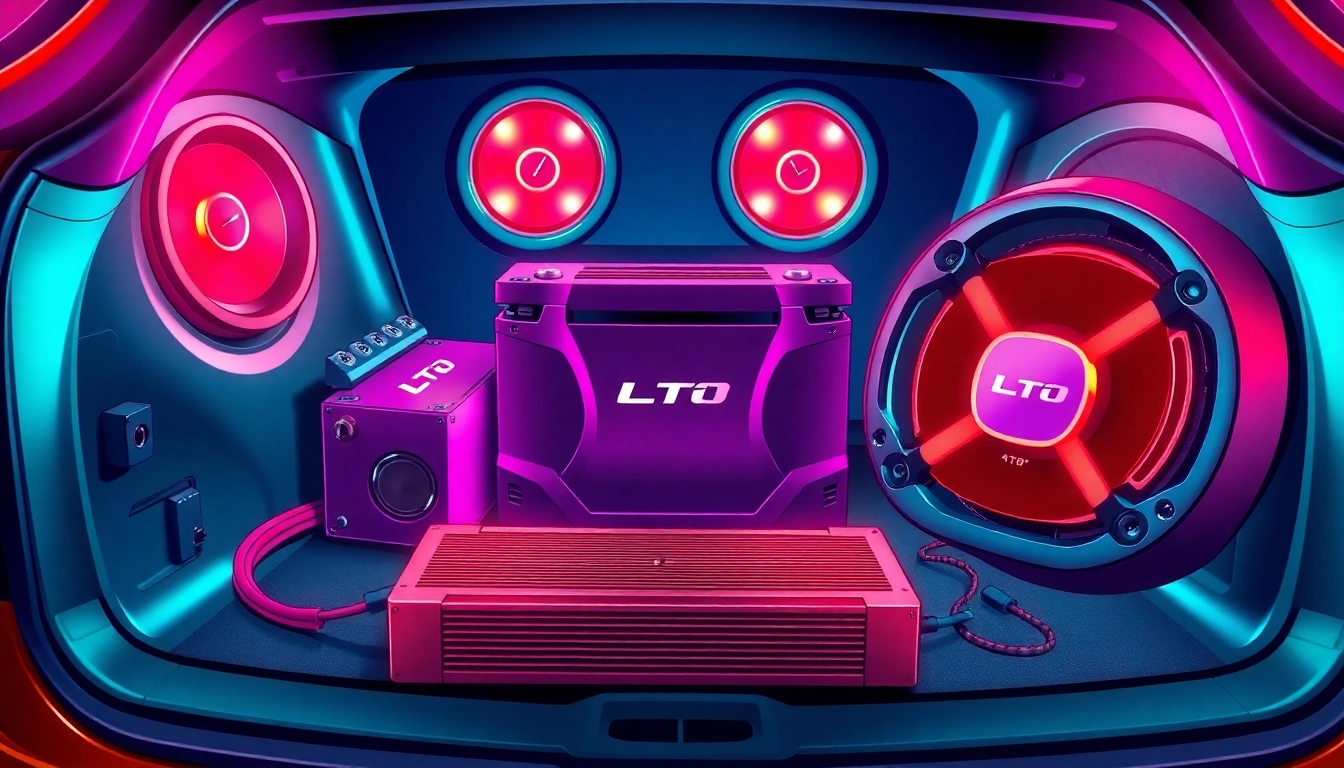Understanding Part Exchange
Part exchange is a transaction method used in various industries, notably automotive and real estate, facilitating the purchase of new products by trading in existing ones. In this arrangement, the value of the existing item—be it a vehicle or property—is deducted from the price of the new purchase. Understanding the intricacies of Part Exchange can optimize your negotiations and ensure that you get the best deal possible.
Definition of Part Exchange
Part exchange, often referred to as a trade-in, is essentially a deal where a buyer offers an old item as part of the payment for a new one. This term is frequently used in the automotive industry, where individuals trade in their existing cars at a dealership to offset the purchase price of a new or used vehicle. Similarly, in real estate, part exchange might involve a property owner using the value of their current home to help finance a new one.
How Part Exchange Works
The part exchange process typically involves several stages. First, you must select the new item you wish to purchase. Once you’ve made that decision, you’ll approach a dealer or seller with your existing item. The dealer will assess your existing item’s value, which may involve a physical inspection and market analysis. Following that, an offer based on this valuation will be made to you. If you accept the offer, the agreed value is subtracted from the purchase price of the new item. The transaction concludes when all paperwork is finalized.
Benefits of Choosing Part Exchange
Part exchange offers numerous advantages, including convenience, quick transaction turnaround, and expedited purchase processes. Here are some key benefits:
- Convenience: One of the primary advantages is the ease of the transaction. You can shop for your new item and handle the sale of your old one simultaneously in a single location.
- Time-Saving: Selling an item privately can be time-consuming, often requiring advertising, showing the item, and dealing with negotiations. Part exchange shortens this process considerably.
- Financial Simplification: The value of your traded item is directly applied to the new purchase, thereby reducing the amount of cash you need to pay upfront.
- Guaranteed Purchase: When you part exchange, you are guaranteed to sell your old item, mitigating the risk of being left with two items simultaneously.
Evaluating Your Vehicle for Part Exchange
Assessing Value
To effectively engage in a part exchange, understanding how to evaluate your vehicle’s worth is crucial. Various factors influence a car’s value, including its age, mileage, brand reputation, service history, and condition. Useful tools for assessing value include online valuation services, which analyze market data and provide a price range based on your specific vehicle details. Resources like Glass’s Guide or Autotrader can give you insights into typical selling prices in your area.
Preparing Your Vehicle for Trade-In
Preparation plays a vital role in securing a favorable part exchange deal.
- Cleaning: A clean vehicle presents better and gives off a positive impression. Ensure both the interior and exterior are in tip-top shape.
- Maintenance Records: Have all your service history and repair records ready as they can justify the price you’re looking for.
- Minor Repairs: If feasible, fixing minor flaws such as scratches or dings can enhance the vehicle’s appeal and subsequent valuation.
- Documenting: Take photographs of your vehicle, especially if you’re opting for a remote valuation.
Common Mistakes to Avoid
Several pitfalls can affect your part exchange experience:
- Overestimating Vehicle Worth: Owners sometimes hold unrealistic expectations regarding their car’s value; being grounded in reality is crucial.
- Not Conducting Research: Failing to research similar vehicles’ market values can result in accepting a low offer.
- Neglecting to Prepare: Not presenting the vehicle well can lead to undervaluation, as dealers might assume poor overall condition.
- Being Impulsive: Rushing into a part exchange deal without considering all options and offers available could cause you to miss out on better bottom lines.
Strategies for Getting the Best Deal
Researching Market Values
Conducting thorough research is key in ensuring that you get the most favorable deal possible. Utilize online resources, including web valuation calculators and classified ads, to familiarize yourself with competitive pricing for similar vehicles. Understanding local demand and seasonal trends can also provide valuable insights into pricing.
Negotiation Tips
Negotiation is an integral aspect of the part exchange process. Here are some effective strategies:
- Establish a Baseline: Know the lowest price you are willing to accept before entering negotiations.
- Highlight Strengths: Be prepared to point out the strengths of your vehicle, such as recent repairs, upgrades, or low mileage.
- Be Patient: Don’t rush decisions. If at any point, you feel uncomfortable, take your time to think through offers or walk away if necessary.
- Consider Timing: Shopping at the end of the month can work in your favor, as dealers may be eager to meet sales quotas.
Comparing Offers Across Dealerships
Before finalizing your part exchange, consider gathering offers from different dealerships. This strategy ensures that you’re getting the best value for your vehicle and empowers you in negotiations. Don’t hesitate to leverage better offers from one dealer against the proposals from others—this can often lead to better terms.
Part Exchange vs. Selling Privately
Comparative Analysis of Options
The decision between part exchanging and selling your car privately involves weighing various factors such as time, convenience, and profit margins. While part exchange is generally quicker and more convenient, selling privately often yields a higher return due to direct access to buyers willing to pay more than a dealership would typically offer. However, selling privately comes with its challenges, including finding a buyer, negotiating, and managing the complete selling process.
Pros and Cons of Each Method
Part Exchange
- Pros: Quick transactions, convenience, minimal effort.
- Cons: Generally lower transaction value compared to private sales.
Private Sale
- Pros: Higher potential profit, direct negotiations.
- Cons: Time-consuming, uncertain process.
Real-World Scenarios
In practice, individual circumstances often dictate the best approach. For instance, a busy professional might prefer the simplicity of part exchange, while a meticulous seller committed to maximizing their return might opt for the private sale, valuing the potential financial benefit over time and effort involved.
Finalizing the Part Exchange Process
Documentation and Paperwork
As you finalize your part exchange, ensure that all the necessary documentation is in order. This includes the title of your current vehicle, any existing service paperwork, and identification. Having these documents ready can help speed up the overall process and prevent any last-minute issues.
Closing the Deal
Once both parties agree on the terms, the closing phase entails signing the necessary documentation, transferring titles, and receiving payment. Always read through the contract thoroughly to understand all terms and conditions involved in the part exchange deal.
Post-Purchase Considerations
After finalizing a part exchange, it’s wise to keep a record of your transaction, including any warranties or additional agreements that may affect your new purchase. Additionally, monitor the market value of your new item to ensure that you are aware of its worth in the future, potentially aiding you in subsequent transactions.



